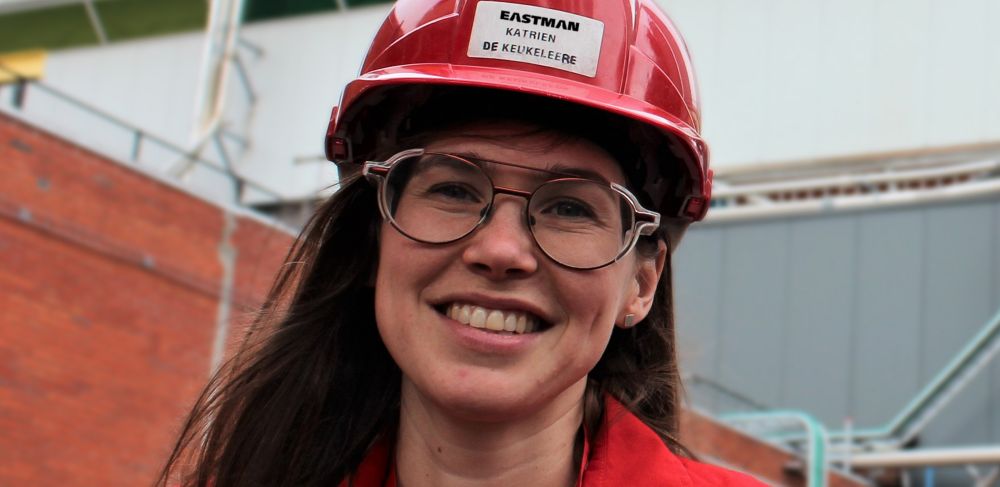Photovoltaic solar cells are expected to eventually meet a significant portion of the world’s energy demand. They convert endless, eco-friendly solar energy into electrical power, which can be fed into electrical grids.
Maximizing solar cell efficiency will be vital to matching global energy needs. A key component to achieving that is solar cell paste, which is used between solar wafers printed into panels. Eastman has products to help improve paste strength and conductivity, thus improving performance.
Solar cell paste is a key auxiliary material in crystalline silicon solar cells. The paste is made of a conductive powder, glass frits, organic binders and additives. In bifacial passive emitters and rear-contact solar cells (bifacial PERC), types of paste used include front-side silver paste, back-side silver paste and back-side aluminum paste. These pastes positively impact the cell’s photoelectric conversion efficiency and cost.
Solar cell pastes made with Eastman products are suitable for various cell technologies, including conventional solar cell, mono PERC, bifacial PERC, tunnel oxide passivated contact (TOPCon) and heterojunction technology (HJT).


Eastman ECB* powders and solutions can be used as organic binders for solar cell paste. Manufacturers traditionally apply paste by screen printing, including line printing and surface printing. Using Eastman products in this process provides several benefits to cells and their electronic components, including:
- Suitable viscosity
- Good dry adhesion on the substrate
- Good wetting and dispersion
- Low residue
- Suitable rheology properties, including smooth printing lines and no clogging/stickiness
*Eastman ECB products refer to the product series for electronic applications.


To learn more about these products, connect with an Eastman representative.





